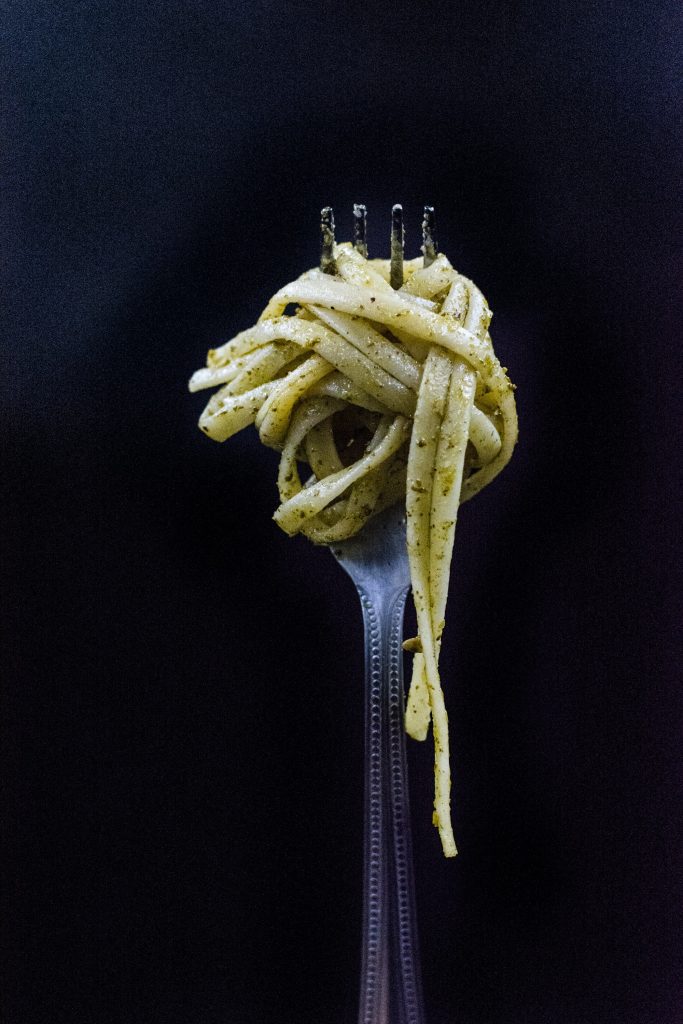What Exactly Does Al Dente Mean?
If you’ve ever followed an Italian pasta recipe or any pasta recipe for that matter, you’ve probably come across the term ‘al dente’ at least once. It’s an instruction that most cooks feel very strongly about, and frankly, it’s the only way to cook your pasta. So, if you’ve come across this word, but are unsure what it means, then read on.

In Italian, Al dente means “to the tooth,” which basically means adding a little bite to the delicacy. That doesn’t mean it should be hard, but there should be a bit of resistance when you bite into it. The point is to avoid the pasta getting so soft that it loses its texture. Interestingly, the term al dente can also be used to describe veggies, rice, and other grains.
Why You Should Cook Pasta Al Dente
The benefit of cooking pasta al dente, besides the superior texture, is that it will allow for some extra cooking in a sauce without overcooking. This is especially useful when you want to pour a whole lot of marinara or alfredo on top, or in recipes like cacio e pepe where you add the noodles to the skillet while it’s still on the heat.
How to Cook Pasta Al Dente
The recommended cooking time on pasta packaging is almost always too long for an al dente texture. We suggest when you cook pasta, pour it into fast boiling, salted water, and set a timer for around 3 minutes less than the recommended cooking time. Some pasta, however, will list an al dente timing, which you can usually trust.

So that’s everything you need to know about cooking pasta al dente! We hope it helps.
